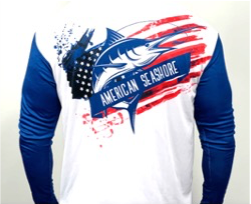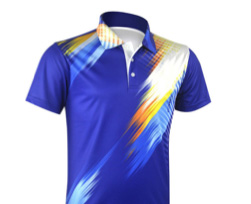At IQ, we handle every aspect of the design, production, and delivery process to ensure a seamless brand experience. From the initial consultation to the final delivery of your custom apparel and merchandise, we manage every detail with precision and care.

Partner with a Professional Designer & Concierge
One of the unique aspects of our service is that you’ll be working directly with a professional designer from our team. This designer is not just an expert in aesthetics but also in understanding which customization method will best bring your vision to life. They will be your personal guide through the creative process, ensuring the final product is perfectly attuned to your brand’s needs.
Your Unique Experience in Four Steps

Analyze Needs
Analyze Needs
Our first step is to sit down and really get to know you—your brand, your vision, and your specific needs. We believe that the best solutions come from a deep understanding of the challenges and aspirations at hand.

Strategic Planning
Strategic Planning
Once we understand what you’re looking for, we plan each movement like a composer arranging a symphony. We outline every detail, from design to delivery, making sure each element harmonizes with your brand’s spirit.

Flexible Fulfillment
Flexible Fulfillment
We recognize that no two brands are alike. Whether you need same-day shipping, staggered deliveries, or specialized packaging, our fulfillment process adapts to meet your specific requirements.

Feedback Loop
Feedback Loop
Our relationship doesn’t end once your items are delivered. We believe in an ongoing dialogue, continually refining our approach based on your feedback, to ensure we’re always in tune with your evolving needs.
Our Expertise
We specialize in the Design, Development, and Manufacturing of custom apparel and merchandise. Our customization methods include








